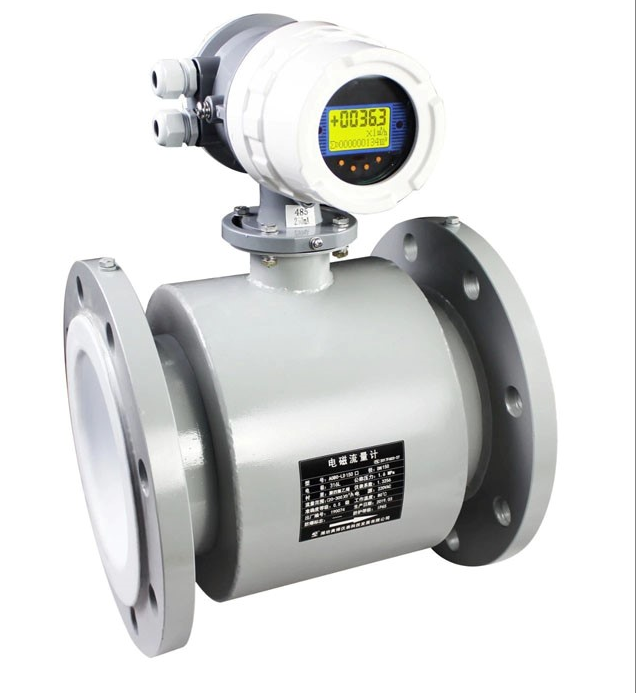

News information
Location:Home - News - Company News
How to choose electrode for electromagnetic meter
2023-01-03
The electromagnetic flowmeter ordered by a chemical plant in Shouguang has been prepared and shipped. There are three types of HC electrode, tantalum electrode and 316L electrode. How to choose the electrode correctly is a problem that many purchasers are confused. Today we will discuss with you on the selection of electromagnetic flowmeter electrodes.

Electromagnetic flowmeters have excellent characteristics such as high accuracy, low pressure loss, and strong anti-interference ability. They are suitable for various acid-base salt solutions, pulp, sewage and other conductive liquids. They are widely used in petroleum, chemical, textile, food, pharmaceutical, paper, etc. Environmental protection, water supply and drainage, sewage treatment and other industries. In actual production, there are many types of electrodes for different media, and improper selection will cause many problems such as cost accounting and trade disputes. Therefore, the selection of electrodes is particularly important. So, how to choose the electrode correctly?
316L electrode: suitable for domestic water, industrial water, raw water, well water, urban sewage; weakly corrosive acid, alkali, and salt solutions.
Hastelloy B: suitable for non-oxidizing acids such as hydrochloric acid (concentration less than 10%); sodium hydroxide (concentration less than 50%), ammonium hydroxide alkali solutions of all concentrations; phosphoric acid, organic acids. Not applicable: nitric acid.
Hastelloy C: suitable for mixed acids, such as a mixed solution of chromic acid and sulfuric acid; oxidizing salts, such as Fe+++, Cu++, sea water. Not applicable: Hydrochloric acid.
Titanium electrode: salt, such as (1) oxide (oxide/magnesium aluminum/calcium/ammonium/iron, etc.). (2) Sodium salt, potassium salt, hypochlorite, sea water; potassium hydroxide, ammonium hydroxide, barium hydroxide alkali solution with a concentration of less than 50%; not applicable: reducing acids such as hydrochloric acid, sulfuric acid, phosphoric acid, and hydrofluoric acid .
Tantalum electrode: hydrochloric acid (the solution is less than 40%), dilute sulfuric acid and concentrated sulfuric acid (excluding fuming sulfuric acid); chlorine dioxide, ferric chloride, hypochlorous acid, sodium cyanide, lead acetate, etc.; nitric acid (including fuming nitric acid) ) And other oxidizing acids, aqua regia and hydrofluoric acid whose temperature is lower than 80 degrees.
Platinum-iridium alloy electrode: almost all acid, alkali, salt solutions (including fuming nitric acid, fuming sulfuric acid). Not applicable: aqua regia, ammonium salt.
Tungsten carbide electrode: medium with large abrasion, pulp, sewage, inorganic acid, organic acid, chloride which can resist the interference of solid particles.